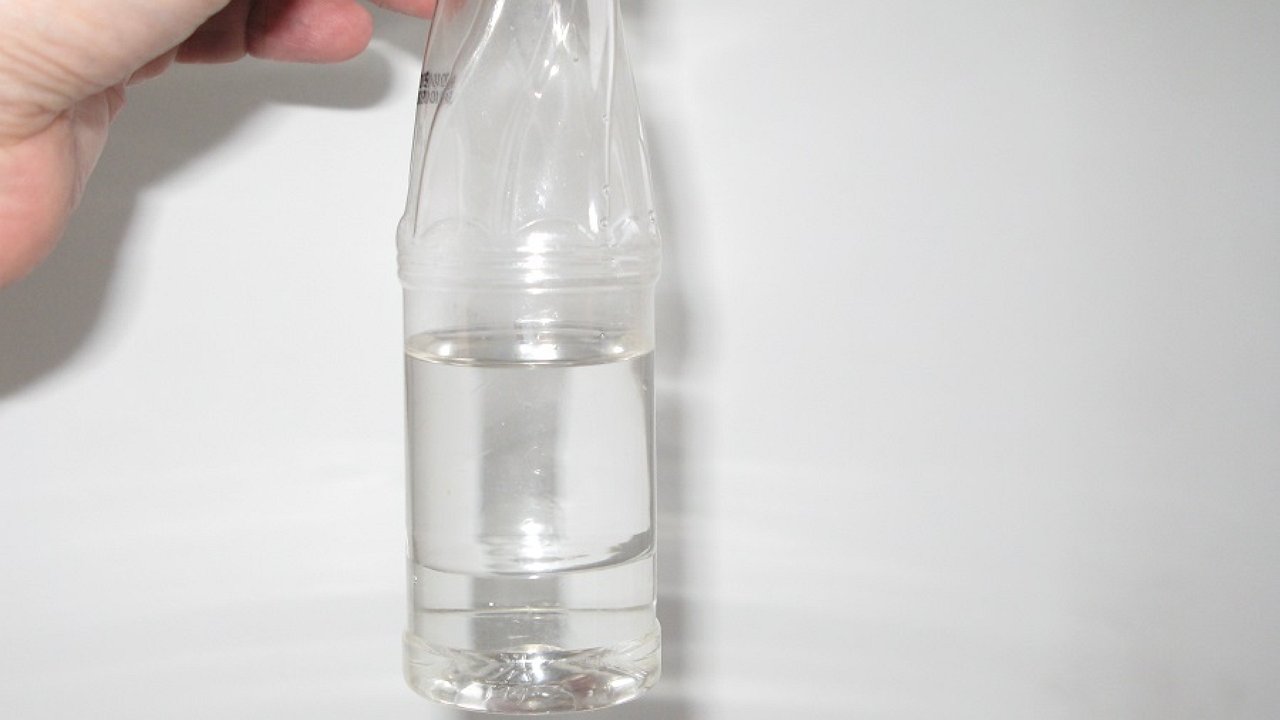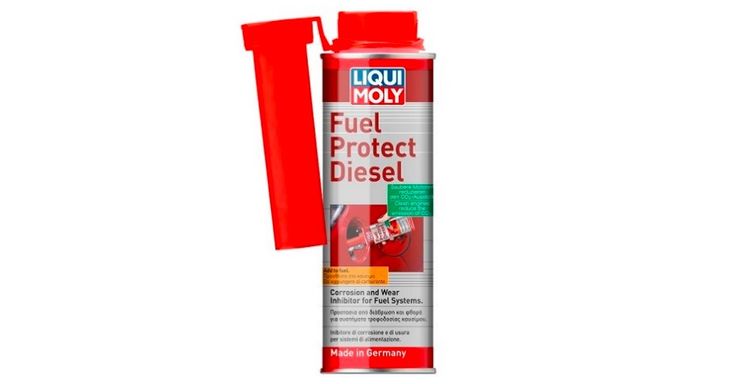Fuel and lubricant experts claim that the process of wetting diesel fuel often occurs already at the stages of transportation to gasoline storage facilities and gas stations, as well as during subsequent storage and pumping. The main reason is seasonal changes in humidity and temperature changes, which cause condensation under certain conditions.
This process takes place most intensively in half-empty tankers, fuel tanks and unfilled car tanks. According to experts, after a year of use, up to a liter of water-mud mixture can accumulate at the bottom of the tank, depending on the volume. What does this mean?
First of all, water, when mixed with diesel fuel, causes active corrosion of the metal elements of the fuel path. As a rule, parts affected by rust should be replaced in the future. Secondly, water noticeably deteriorates the performance of injectors and fuel injection pumps. Third, this can cause simple freezing of fuel lines during the off-season and in winter.
It is also important that water as a substance does not dissolve in diesel fuel. After mixing with fuel (for example, when the car is moving or when diesel fuel is poured into the tank), it remains there for some time in an emulsified state.















